What are the commonly used conductive agents for lithium ion batteries?
Dec,22,23
Commonly used conductive agents for lithium-ion batteries can be divided into traditional conductive agents (e.g., carbon black, conductive graphite, carbon fiber, etc.) and new conductive agents (e.g., carbon nanotubes, graphene and their hybrid conductive pastes, etc.). The conductive agent models on the market are SPUERLi, S-O, KS-6, KS-15, SFG-6, SFG-15, 350G, Acetylene Black (AB), Kochin Black (KB), Vapor Phase Growth Carbon Fiber (VGCF), carbon nanotubes (CNT) and so on.
1、Carbon black
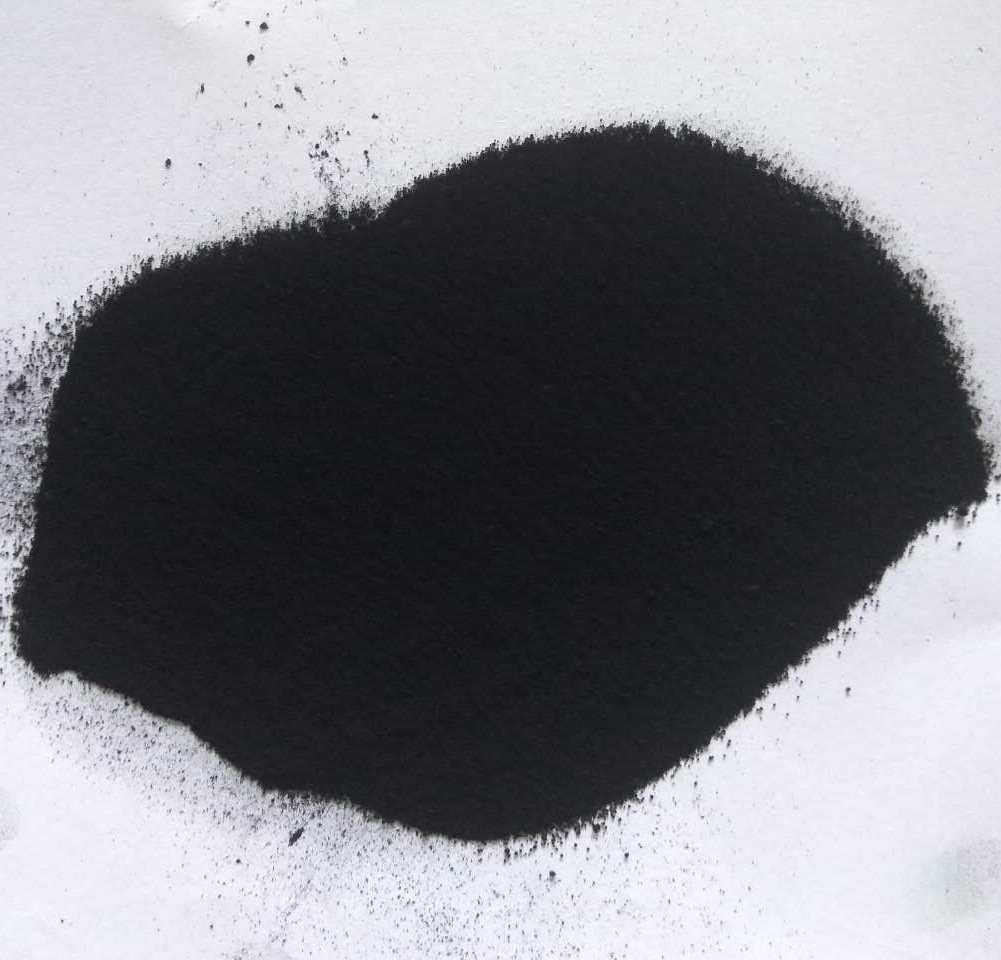
Carbon black in the scanning electron microscope in the form of chains or grapes, a single carbon black particles have a very large specific surface area (700m2 / g). The high specific surface area of carbon black particles, stacked tightly in favor of the particles in close contact with each other, forming a conductive network in the electrode. Specific surface area of the larger process problems brought about by the dispersion of difficult, strong oil absorption, which should be improved by improving the living material, conductive agent mixing process to improve its dispersion, and will control the amount of carbon black in a certain range (usually 1.5% or less), the carbon black morphology and its mixing state in the living material as shown in Figure 1.
2, conductive graphite
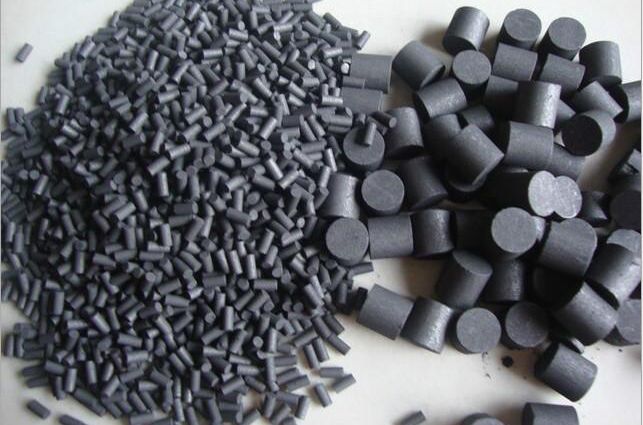
Conductive graphite also has good electrical conductivity, its own particles closer to the particle size of the living matter particles, particles and particles in the form of point contact between the particles can constitute a certain size of the conductive network structure, improve the conductivity rate at the same time for the negative electrode can improve the capacity of the negative electrode.
3、Carbon fiber (VGCF)
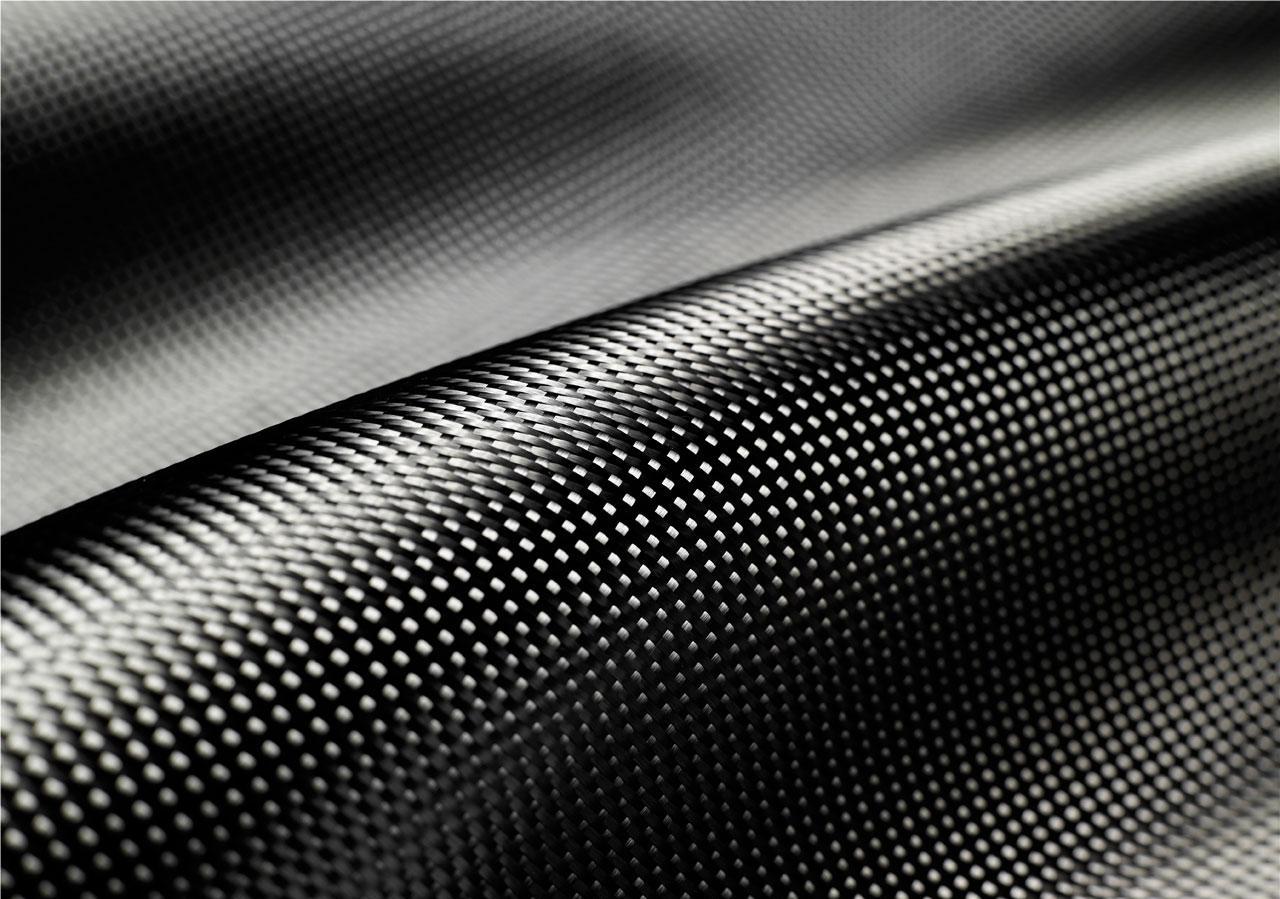
Conductive carbon fiber has a linear structure, it is easy to form a good conductive network in the electrode, showing good conductivity, thus reducing the polarization of the electrode, lowering the internal resistance of the battery and improving the performance of the battery. In the carbon fiber as a conductive agent within the battery, the living material and the conductive agent contact form for the point line contact, compared with the conductive carbon black and conductive graphite point contact form, not only conducive to improve the conductivity of the electrode, but also reduce the amount of conductive agent to improve the capacity of the battery.VGCF and conductive carbon black dispersion in the living material in the state of the comparison shown in Figure 2:
4, carbon nanotubes (CNT)
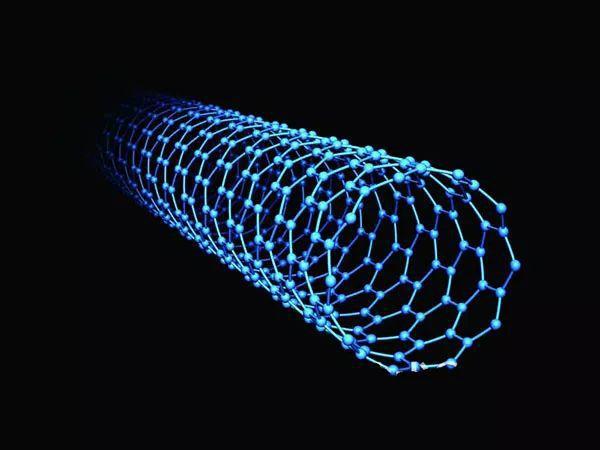
CNT can be divided into single-walled CNT and multi-walled CNT, one-dimensional structure of carbon nanotubes and fibers similar to a long column, hollow inside. The use of carbon nanotubes as a conductive agent can be a better cloth up a perfect conductive network, and its living matter is also in the form of point-line contact, on the improvement of the battery capacity (to improve the compacted density of the pole piece), the multiplier performance, the battery cycle life and reduce the interface impedance of the battery has a lot of use. At present, BYD, AVIC Li-power part of the product use CNT as a conductive agent, after the reaction has a good effect. Carbon nanotubes can be divided into entangled and arrayed two growth states, either form of its application in lithium-ion batteries there is a problem is dispersed, can be solved by high-speed shear, add dispersants, made into a dispersed slurry, ultra-fine grinding beads electrostatic dispersion and other processes.
5, graphene

Graphene as a new type of conductive agent, due to its unique sheet structure (two-dimensional structure), and the contact of the active substance for the point - surface contact rather than the conventional point contact form, so that you can maximize the use of conductive agents and other uses to reduce the amount of conductive agent, so that you can use the active substance to enhance the lithium-ion battery capacity. However, due to its high cost, dispersion difficulties, with the hindrance of lithium ion transmission and other disadvantages have not yet been fully industrialized applications.
6, binary, ternary conductive paste
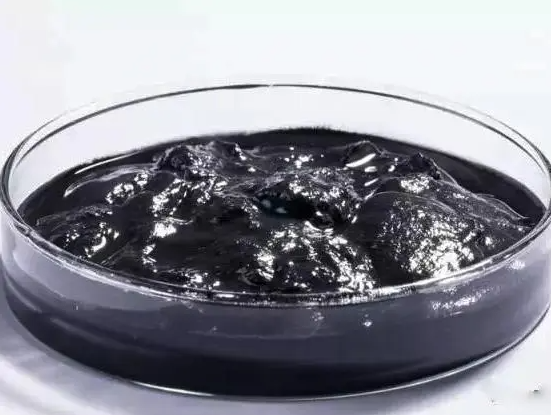
In the latest research progress, part of the lithium-ion battery selection of conductive agent is CNT, graphene, conductive carbon black between the two or a mixture of three slurry. The composite of conductive agents into conductive paste is the demand of industrial applications, but also the result of mutual synergy between conductive agents and stimulate the use. Whether it is carbon black, graphene or CNT, it is already difficult to disperse the three of them when they are used individually, and if you want to mix them evenly with the living matter, you have to disperse them before mixing the electrode slurry and then put them into use.






